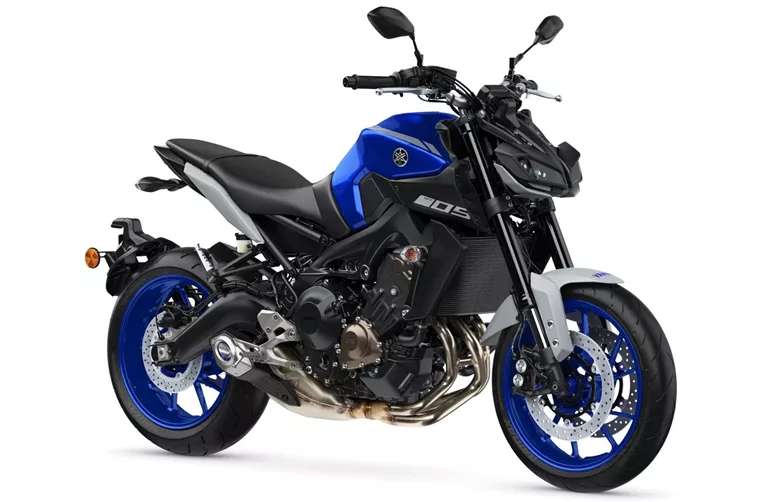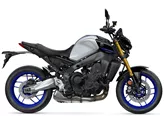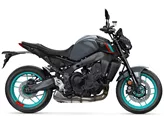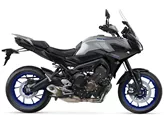Yamaha R1 2015 vs. Yamaha MT-09 2020

Yamaha R1 2015
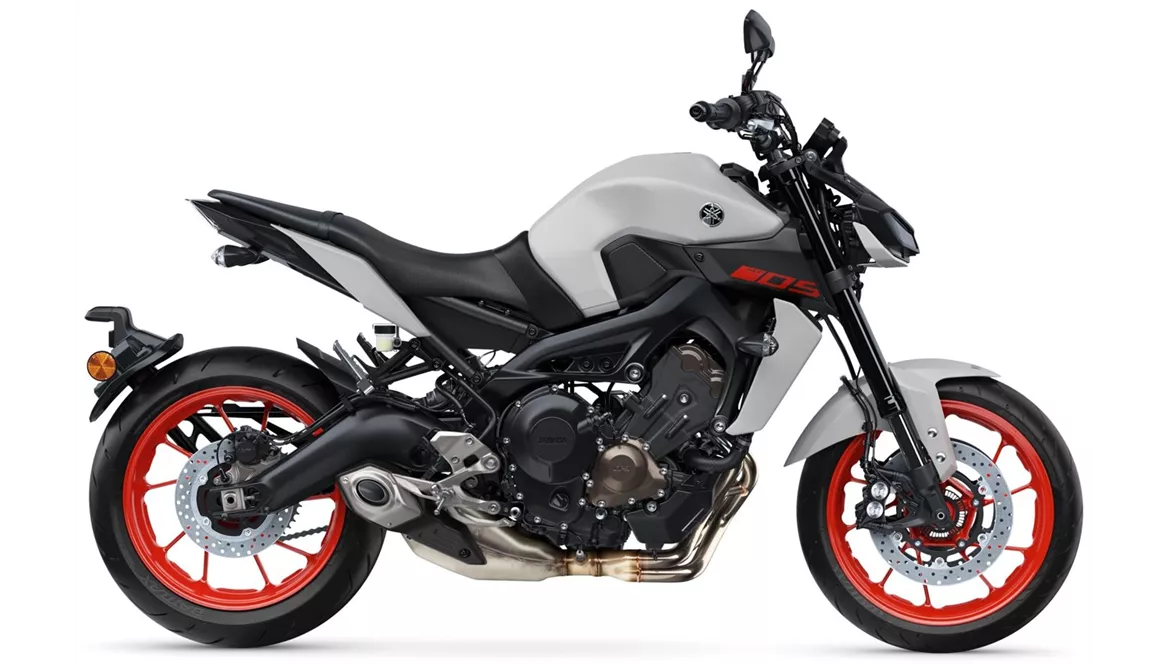
Yamaha MT-09 2020
Overview - Yamaha R1 2015 vs Yamaha MT-09 2020
The Yamaha R1 model year 2015 and the Yamaha MT-09 model year 2020 are both impressive motorcycles, but they have distinct differences in terms of performance and features.
Starting with the engine and drive train, the Yamaha R1 2015 is equipped with a 998cc engine that produces a powerful 200 horsepower and 112.4 Nm of torque. It has a bore of 79mm and a stroke of 50.9mm, resulting in a high compression ratio of 13. The R1 features a liquid cooling system and has four cylinders with four valves per cylinder. The engine is known for its rev-happy nature and strong peak performance.
On the other hand, the Yamaha MT-09 2020 is powered by an 847cc engine that delivers 115 horsepower and 87.5 Nm of torque. It has a slightly smaller bore of 78mm but a longer stroke of 59.1mm, resulting in a compression ratio of 11.5. Like the R1, the MT-09 also has a liquid cooling system and features three cylinders with four valves per cylinder. While the MT-09's engine is not as powerful as the R1's, it offers plenty of torque for an exhilarating ride.

Yamaha R1 2015
In terms of suspension, both motorcycles feature upside-down telescopic forks in the front. The chassis of both bikes is made of aluminum, providing strength and rigidity. However, the Yamaha R1 2015 has a Deltabox frame, which is known for its excellent stability and handling, while the MT-09 2020 has a Twin Tube frame.
When it comes to braking, both motorcycles are equipped with double disc brakes in the front. The Yamaha R1 2015 offers advanced rider assistance systems such as launch control and traction control, which enhance the bike's performance and safety. On the other hand, the Yamaha MT-09 2020 features ABS, a quickshifter, and traction control, providing additional safety and convenience.
In terms of dimensions and weights, the Yamaha R1 2015 has a wheelbase of 1405mm and a seat height of 855mm. It weighs 199kg (with ABS) and has a fuel tank capacity of 17 liters. On the other hand, the Yamaha MT-09 2020 has a slightly longer wheelbase of 1440mm and a lower seat height of 815mm. It weighs 193kg (with ABS) and has a smaller fuel tank capacity of 14 liters.
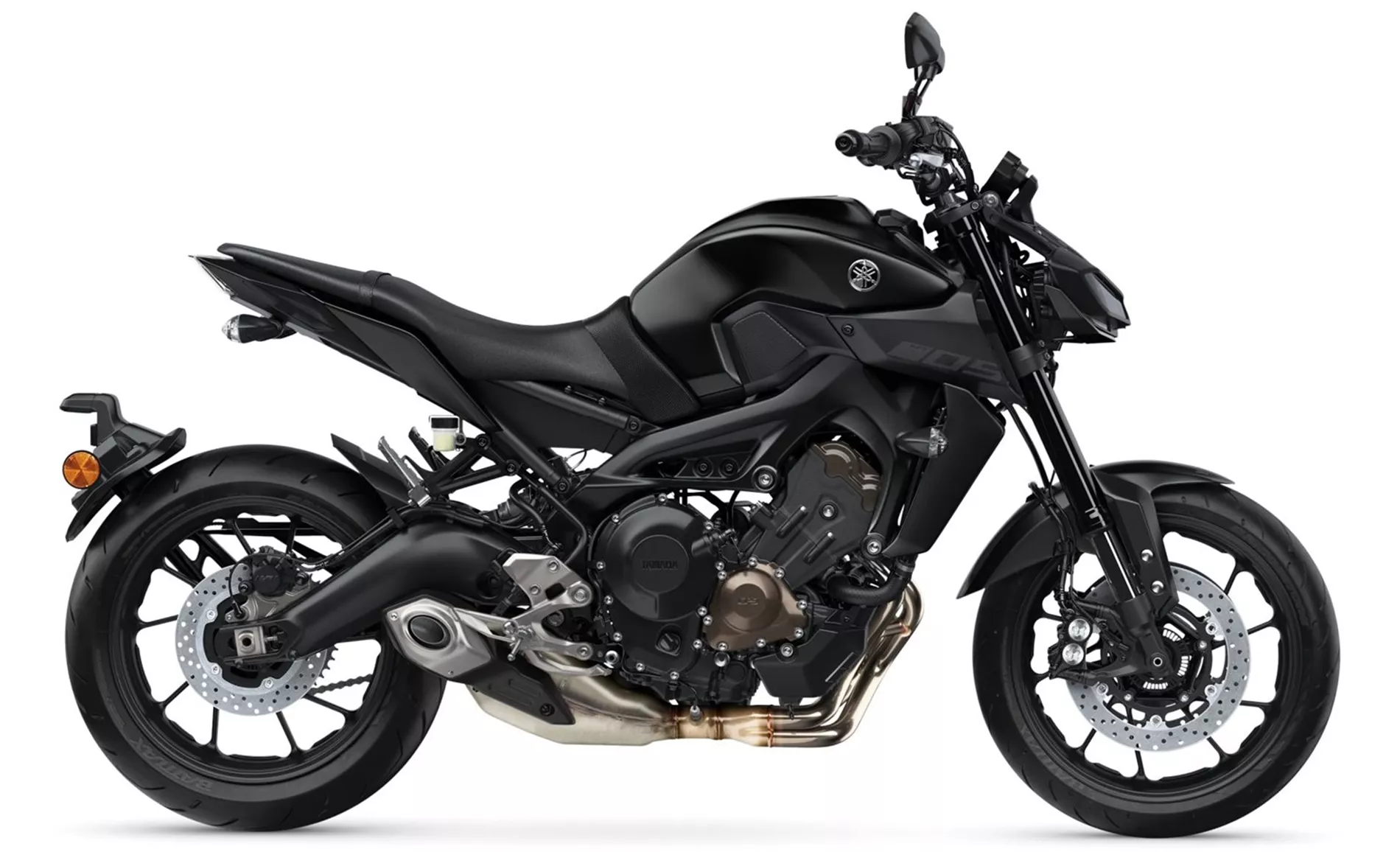
Yamaha MT-09 2020
In terms of strengths, the Yamaha R1 2015 is known for its crazy sound, rev-happy engine with a strong peak, great racing feeling in the saddle, superior electronics package, and high-quality workmanship. On the other hand, the Yamaha MT-09 2020 is praised for its powerful engine with plenty of torque and fine control of traction control.
However, both motorcycles have their weaknesses as well. The Yamaha R1 2015 experiences torque sag in the middle and stability issues in the braking zone. The Yamaha MT-09 2020 lacks a blipper function, has high handlebars that give little feedback, rough throttle response, and early-regulating ABS.
In conclusion, the Yamaha R1 2015 and the Yamaha MT-09 2020 are both impressive motorcycles with their own unique strengths and weaknesses. The R1 offers a more powerful engine and advanced rider assistance systems, making it ideal for racing enthusiasts. On the other hand, the MT-09 provides a powerful engine with plenty of torque and a more comfortable riding position, making it suitable for everyday riding and long-distance journeys.
Technical Specifications Yamaha R1 2015 compared to Yamaha MT-09 2020
Pros and Cons in comparison
Pros and Cons in comparison
Yamaha R1 2015

The new R1 is a big hit and no longer compares to the previous model. This was considered a good country road bike and heavy investments had to be made for excursions to the race track. Now it is the other way round. The new R1 has been developed with a clear focus on the race track. The electronics package seems outstanding, technology freaks will get their money's worth. Yamaha fans have to buy it, they finally have a worthy motorbike. The R1 has slight weaknesses when braking - it becomes a little unstable here. If you want to buy a ready-made racing bike without having to work on the chassis, you'd better go for the R1M. The Öhlins electronic suspension works perfectly and has no weaknesses. For pure racetrack use, the second weakness of the R1 can easily be ironed out. The torque hole in the middle can be easily ironed out with a new mapping.
Yamaha MT-09 2020
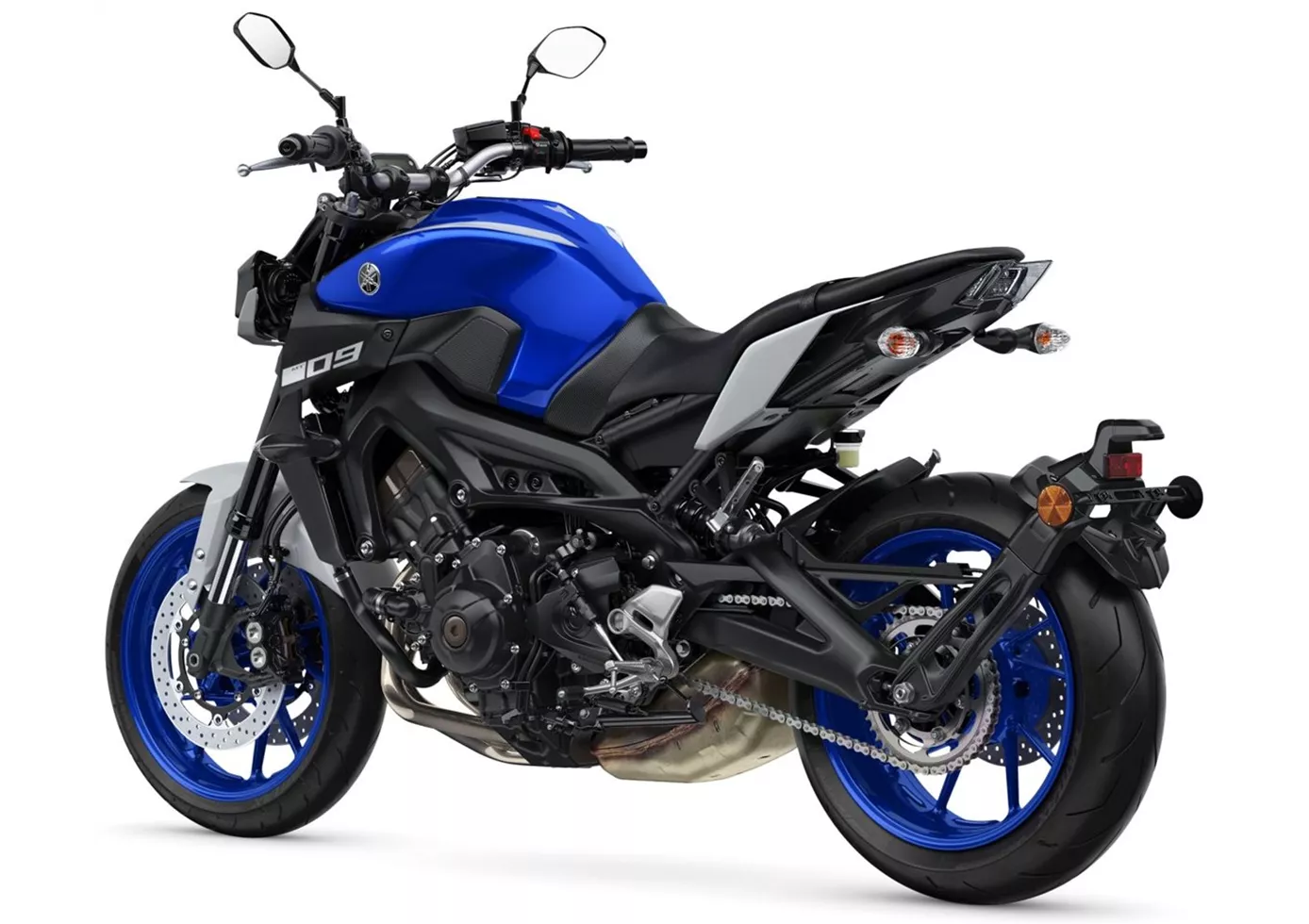
Riding fast is possible, but exhausting. The high handlebars are counterproductive on the race track and require a lot of physical effort. The MT-09 can't keep up with the Street Triple R, even with WP suspension.
Price Comparison Avarage Market Price Yamaha R1 vs Yamaha MT-09
There are a few key differences between a Yamaha R1 2015 and a Yamaha MT-09 2020. It takes less time to sell a Yamaha R1 with 76 days compared to 110 days for a Yamaha MT-09. Since model year 2005 1000PS.de editors have written 80 reviews for the Yamaha R1 and 57 reviews for the Yamaha MT-09 since model year 2013. The first review for the Yamaha R1 was published on 28/04/2003 and now has more than 3,900 views. This compares to more than 39,900 views for the first review on Yamaha MT-09 published on 10/06/2013.

